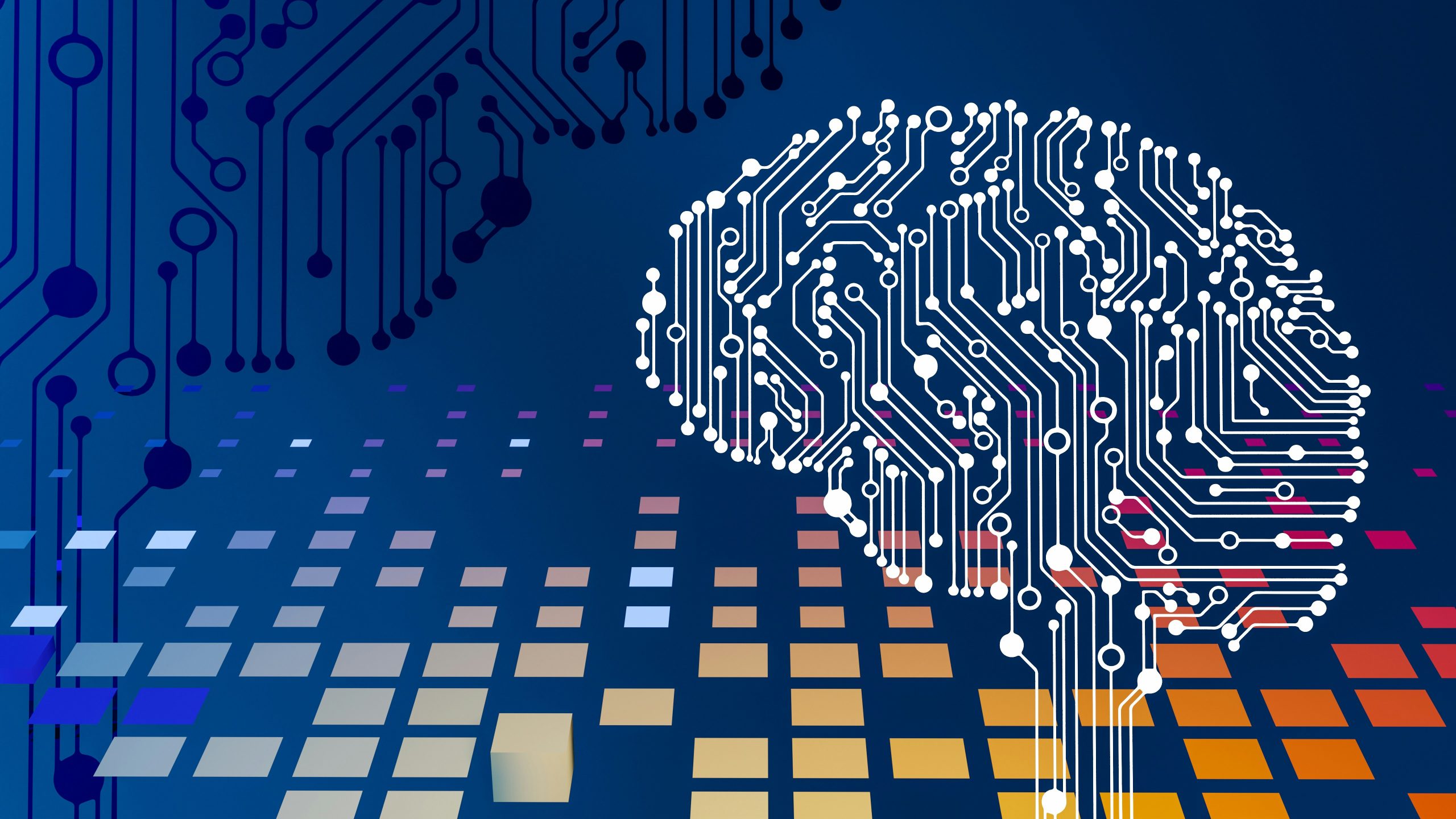A recent McKinsey report revealed that 75% of large enterprises are investing in digital twins to scale their AI solutions. The integration of digital twins with AI has the potential to enhance the effectiveness of large language models and enable new applications for AI in real-time monitoring, offering significant business and operational benefits.
What are digital twins?
Originally developed to aid in the design of complex machinery, digital twins have undergone significant evolution over the last two decades. They track and analyze live systems in real-time by processing device telemetry, detecting shifting conditions, and enhancing situational awareness for operational managers. Powered by in-memory computing, they enable fast, actionable alerts. Beyond real-time monitoring, digital twins can also simulate intricate systems, such as those used in airlines and logistics, supporting strategic planning and operational decisions through predictive analytics.
The combination of digital twins with generative AI creates new opportunities for both technologies. This synergy can boost the prediction accuracy of generative AI and enhance the value of digital twins for system monitoring and development.
Proactively identifying anomalies with AI-powered digital twins
Continuous, real-time monitoring is a strategic necessity for organizations that manage complex live systems, such as transportation networks, cybersecurity systems, and smart cities. Emerging problems must be promptly addressed, as delayed responses can cause small issues to escalate into larger ones.
Enhancing digital twins with generative AI transforms how real-time monitoring interprets massive volumes of live data, enabling the reliable and immediate detection of anomalies that impact operations. Generative AI can continuously examine analytics results produced by digital twins to uncover emerging trends and mitigate disruptions before they escalate. While AI enhances situational awareness for managers, it can also pinpoint new opportunities for optimizing operations and boosting efficiency.
At the same time, real-time data supplied by digital twins constrains the output of generative AI to avoid erratic results, such as hallucinations. In a process called retrieval augmented generation, AI always uses the most up-to-date information about a live system to analyze behavior and create recommendations.
Transforming data interaction with AI-driven visualizations
Unlocking insights from digital twin analytics should be intuitive, not technical. Generative AI is redefining how teams interact with massive datasets by enabling natural language-driven queries and visualizations. Instead of manually constructing intricate queries, users can simply describe their needs, and generative AI immediately visualizes relevant charts and query results that provide new insights. This capability simplifies interactions and gives decision-makers the data they need. As organizations handle increasingly complex live systems, AI-powered intelligence allows them to efficiently sift through vast data pools, extract meaningful trends, and optimize operations with greater precision. It eliminates technical barriers, enabling faster, data-driven decisions that have a strategic impact.
Incorporating machine learning with automatic retraining
Digital twins can track numerous individual data streams and look for issues with the corresponding physical data sources. Working together, thousands or even millions of digital twins can monitor very large, complex systems. As messages flow in, each digital twin combines them with known information about a particular data source and analyzes the data in a few milliseconds. It can incorporate a machine learning algorithm to assist in the analysis and find subtle issues that would be difficult to describe in hand-coded algorithms. After training with data from live operations, ML algorithms can identify anomalies and generate alerts for operational managers immediately.
Once deployed to analyze live telemetry, an ML algorithm will likely encounter new situations not covered by its initial training set. It may either fail to detect anomalies or generate false positives. Automatic retraining lets the algorithm learn as it gains experience, improving its performance and adapting to changing conditions. Digital twins can work together to detect invalid ML responses and build new training sets that feed automatic retraining. By incorporating automatic retraining, businesses gain a competitive edge with real-time monitoring that reliably delivers actionable insights as it learns over time.
Looking forward
Integrating digital twin technology with generative AI and ML can transform how industries monitor complex, live systems by empowering better real-time insights and enabling managers to make faster, more informed decisions. ScaleOut Software’s newly-released Digital Twins Version 4 adds generative AI using OpenAI’s large language model and automatic ML retraining to move real-time monitoring towards the goal of fully-autonomous operations.
(Image source: Unsplash)
Source Link





